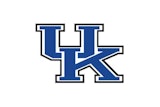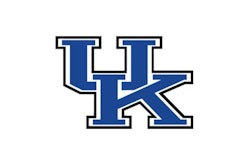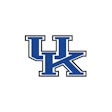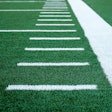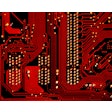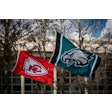
Notre Dame Stadium is poised to be the first outdoor college venue to flip the switch on next-generation WiFi technology designed to provide better coverage and faster data speeds at crowded venues.
The stadium will be the first outdoor college venue to implement Wi-Fi 6E this fall. To do so, the University of Notre Dame’s Office of Information Technology partnered with PIER Group to overhaul the stadium’s wireless network.
According to a press release on posted to the school's website, Wi-Fi 6E standard power taps into a new part of the Wi-Fi “highway” in the 6 GHz band, offering faster speeds, stronger connections and less congestion — even in packed venues.
While Wi-Fi 6E has been available since 2020, the Federal Communications Commission didn’t approve it for outdoor use until September — and on Sept. 28, Notre Dame Stadium was the first to implement it.
“Moving to 6E standard power isn’t just about creating a better experience for fans — it’s about improving connectivity for staff, faculty and students across the University,” said John Buysse, senior director of University Network and Telephony Services. “We’re thinking long-term.”
The goal of the upgrade is not only to enhance the current experience, but also to meet the needs of fans as technology evolves and devices such as smart glasses and other wearable tech become more popular.
“Imagine viewing a replay instantly in 3D or accessing interactive player stats in real-time from your seat,” Buysse said. “This advanced network makes things like real-time play tracking, augmented reality highlights and immersive experiences not just a dream, but an inevitable reality.”
The 6E Wi-Fi infrastructure is built to handle these data-heavy applications even in a sold-out stadium. Ticketless entry, in-seat concessions ordering and many other aspects of the fan experience are also supported by this network. The technological innovation will also benefit stadium staff through improved crowd management, optimized concessions and advanced security monitoring.
To preserve the aesthetics of the historic stadium, the network was designed to be as invisible as it is reliable, Buysse said. More than 1,100 access points were carefully installed across the stadium, seamlessly integrated into the architecture to maintain the venue’s iconic look.














